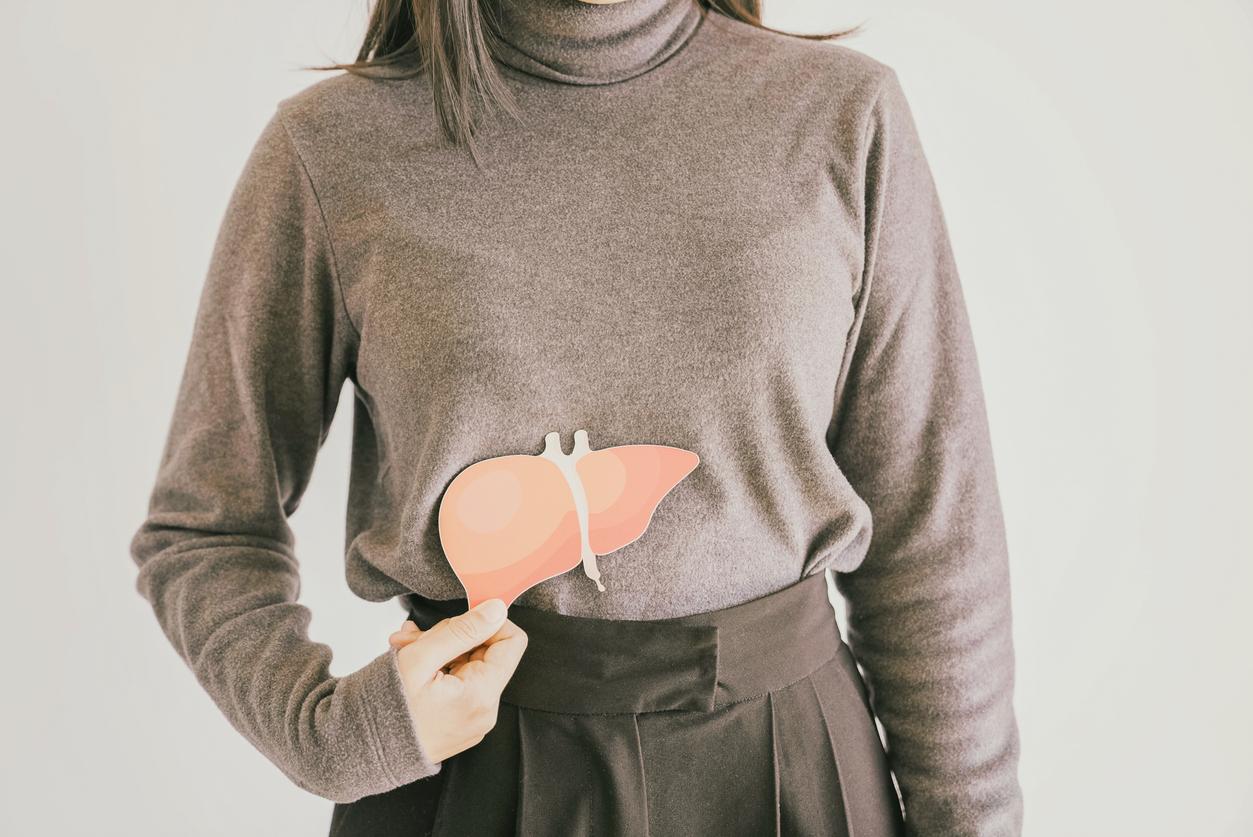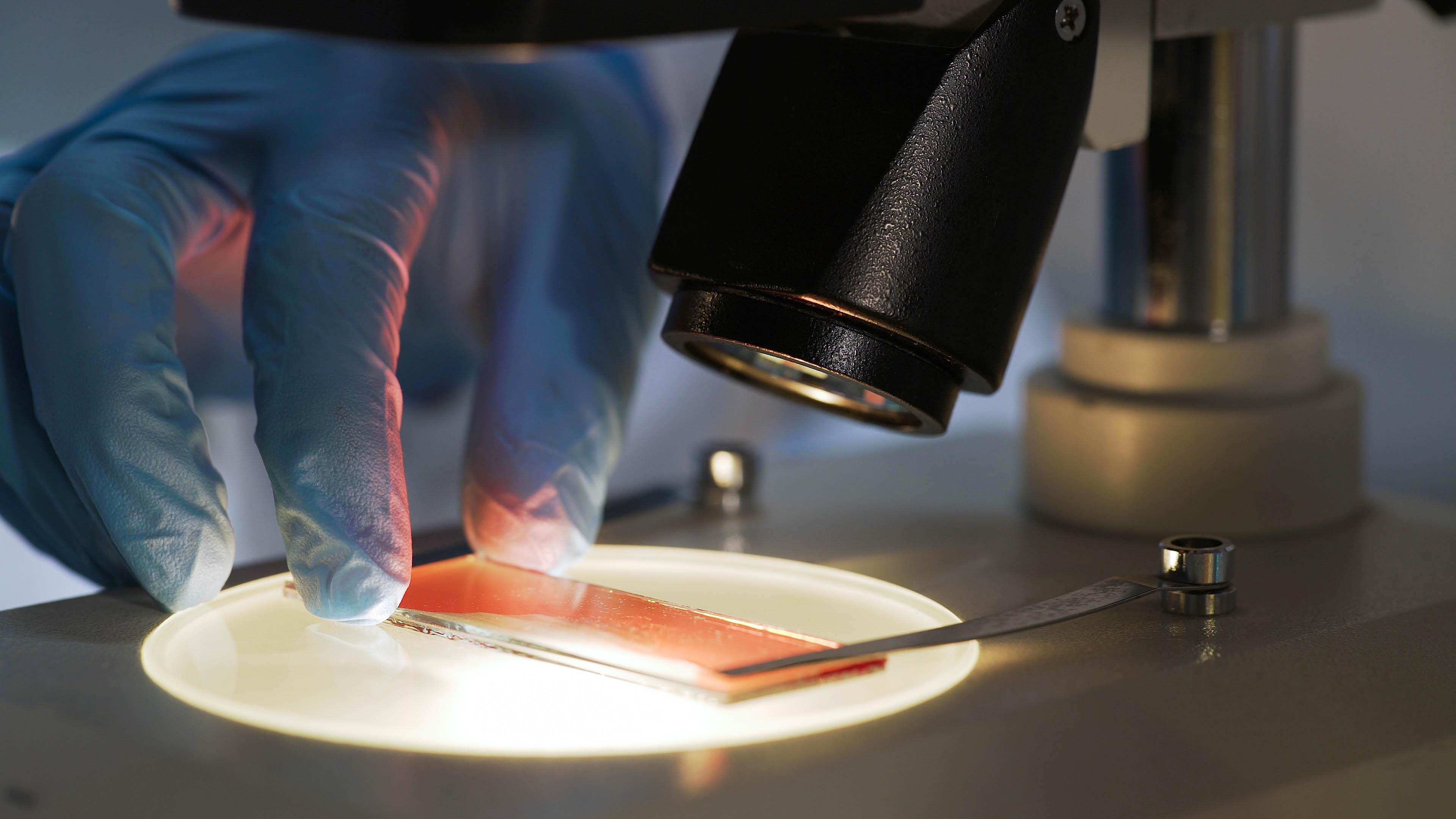Phase 3 results of a clinical trial conducted across seven countries have confirmed the effectiveness of a drug against achondroplasia, the most common cause of dwarfism.

- The drug allowed an additional growth of about 1.5 centimeters per year in children from 5 to 18 years old.
- If growth continues long term, this treatment will have become the first precision therapy for this type of dwarfism.
For people with dwarfism, it’s often a double jeopardy. “It’s not really a disease, because it doesn’t prevent you from having a normal life. It is a medical condition, to which is added a social handicap caused by the gaze of others”, sums up Dr. Geneviève Baujat of the Reference Center for Conditional Bone Diseases at the Necker-Enfants Malades Hospital in Paris, at Science and future. Achondroplasia, the abnormally reduced development of the long bones, is the leading cause of dwarfism which affects approximately one in 20,000 births and 250,000 people worldwide.
1.5cm of growth per year
Results from phase 3 clinical trial of new treatment, conducted in 24 hospitals in seven countries (Australia, Germany, Japan, Spain, Turkey, US, and UK), showed further growth about 1.5 centimeters per year in children aged 5 to 18. Published on September 5 in The Lancet, they prove the effectiveness of vorositide, a molecule that promotes bone growth. Achondroplasia is caused by a mutation in the gene encoding the protein FGFR3), receptor of the growth factor FGF, which no longer manages to release FGFR3. This sequestration inhibits the growth and differentiation of chondrocytes, cartilage cells that help build bone, resulting in decreased growth of long bones. Vorositide mimics a hormone called natriuretic factor type C, which is known to stimulate chondrocytes to form bone tissue despite the mutation in FGFR3.
“The children who took part in the clinical trial will continue their treatment until they reach their adult height, to see if this effect on growth will continue in the long term and if it will have a real impact on the final height. of these people, welcomes Ravi Savarirayan, expert in skeletal therapies at the Murdoch Pediatric Research Institute (Australia) and lead author of the study. If so, this treatment will have become the first precision therapy for this type of dwarfism. Thanks to its very encouraging results, vorositide has started the process of validation by health authorities in the United States and Europe.”
The look of the others
The other main problem that concerns patients with dwarfism concerns the gaze of others. In a study published on October 20 in theAmerican Journal of Medical Genetics, children under 12 with achondroplasia reported being treated as if they were younger than their age (83%), being excluded from social activities such as birthdays (64%) or being stigmatized because of their condition (56%). “They look different from others, an easily recognizable morphology that exposes them to exclusion and discrimination, simply because of their appearance.regrets Geneviève Baujat. It’s a big a priori which is painful in everyday life for some of these short people, especially during childhood, when they realize their difference, even if they continue to say to themselves: ‘when I’ll be an adult, I’ll be big’. And then in adolescence, when they see that they will no longer grow and have to mourn ‘normality’. ”
.
















